One of the last remaining trilliums (Trillium grandiflorum) in bloom in Earl Bales Park Friday, April 30, 2010. © BCP 2010
Trilliums in Toronto? I had no idea!
I had never been to Earl Bales Park (on Bathurst St., north of Wilson Ave.) until last weekend. (So many wonderful parks to explore, so little time.)
But a short walk through part of the Earl Bales forest brought an unexpected delight — the sight of a few trilliums glowing white amongst the leaf litter of the forest floor. I was unable to take a picture of them, though, because earlier in the day my point-and-shoot camera had just stopped dead in mid-shot. (Aargh Canon. You’re going to get a letter from me!)
I made a promise to myself that despite the hectic schedule I knew was coming during the work week, I WOULD get back to the park with a working camera, in search of some trilliums to shoot.
It took until the very last day of April, Friday, to find a couple of hours of time to make the not-inconsiderable trek from the Beach back up to Earl Bales in traffic that seems to get more knotted and snarled every day.
When I got to the park yesterday, I was surprised to find that the forest floor was bare of trilliums. Not a single Trillium grandiflorum to be found. I know that spring flowers are sometimes called spring ephemerals, bit this seems a bit too ephemeral. All the trilliums were gone. I was just too late. I would have to wait another year to look for trilliums in Toronto. I chalked up the loss as just one of those things.
I decided to explore a bit in the forest, anyway, to see what else I could find, and wandered up and down some steep, relatively unused paths on the cliff overlooking a branch of the West Don. I kept my eyes peeled, but found no sign of the flower I was hunting.
But time was short, and I had many obligations looming, so I began picking my way through the paths, back through the forest cliffs to the park’s table land, back to my car in the parking lot. Just before I came out to the main path, I saw a bit of white shining from the ground. Hoping it wasn’t just some piece of discarded litter, I made my way closer to it, got out my binoculars and voila! Three green leaves, three white flowers. It felt like a bit of a miracle that I had found the one and only surviving trillium in this part of the forest — and my day was made.
But it got better. As I got closer, I saw that there were a handful of other trilliums, the last floral survivors. Just a handful, mind you. There were no carpets of white, like you often see in photos of Algonquin Park in springtime.
Never having taken a photo of a trillium before, I was thrilled that my persistence paid off. I feel I was totally meant to find and shoot this lovely flower — a flower that could only be described as perfection in white — and share it with everyone.
As Neil Pasricha would say, awesome.
© BCP 2010


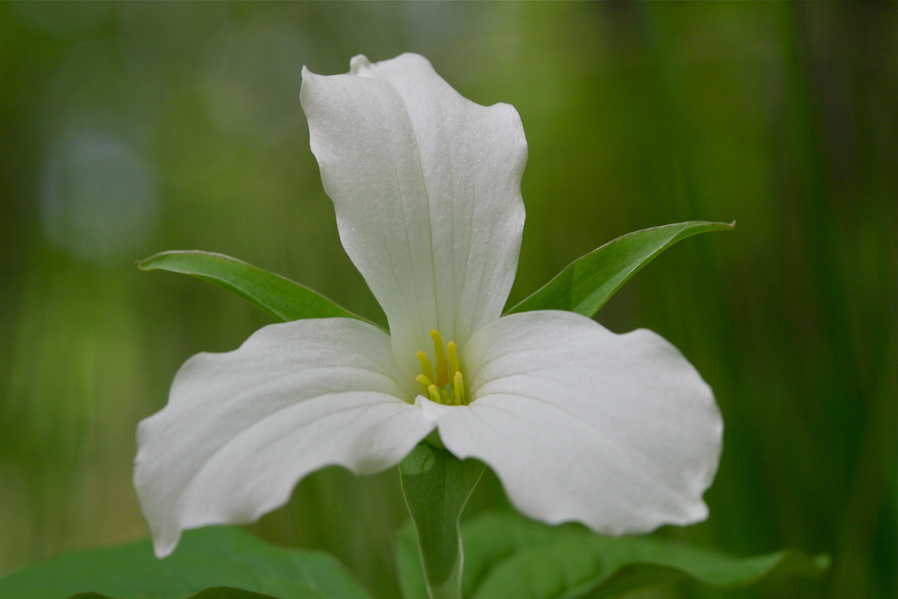
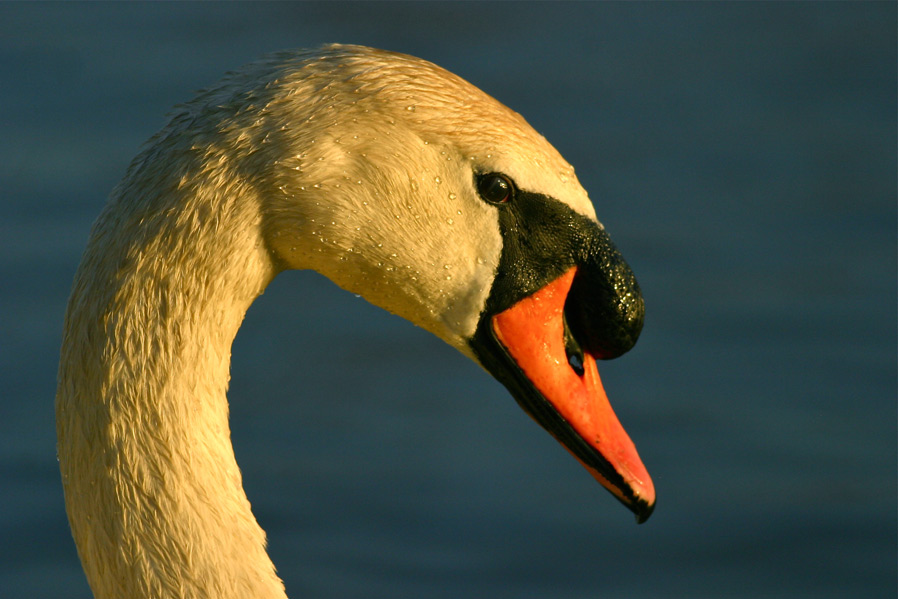
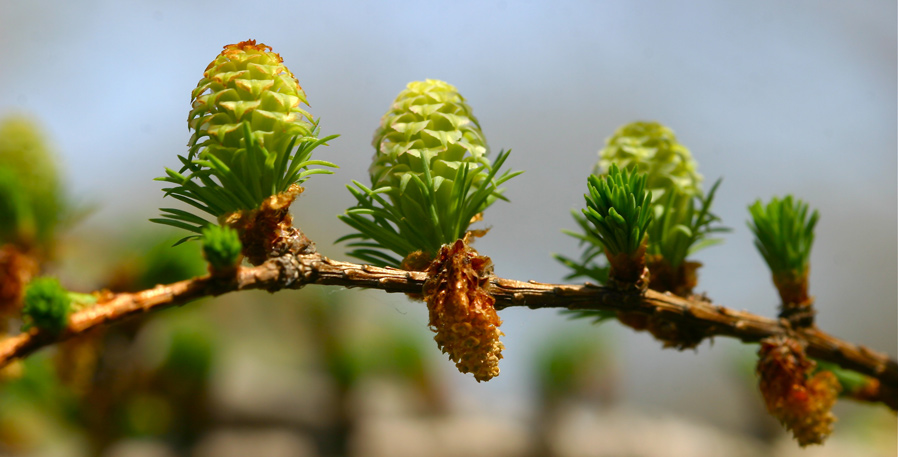
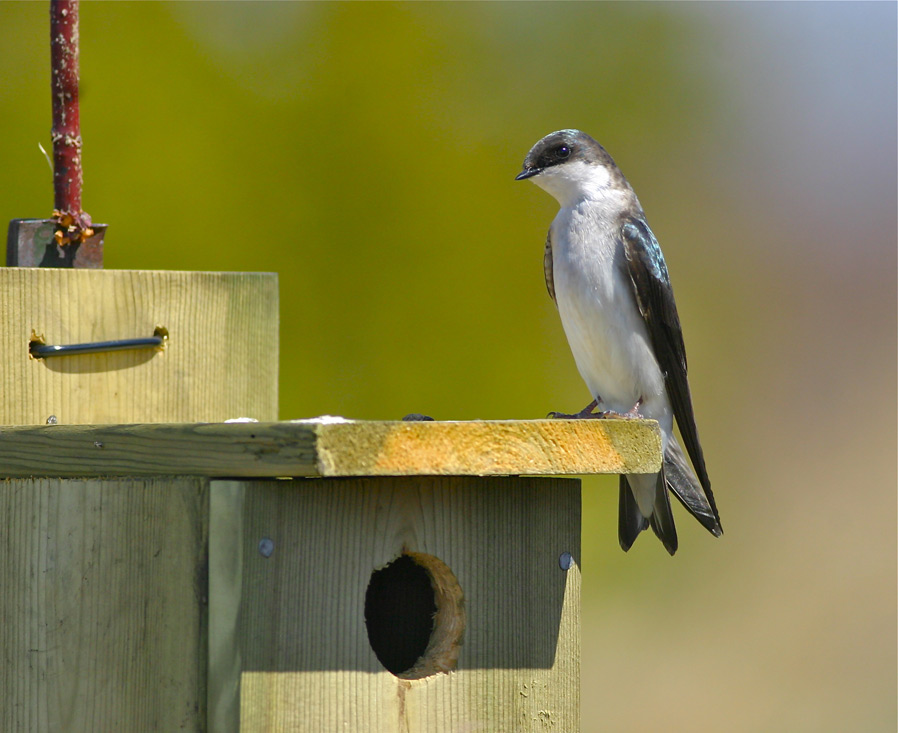
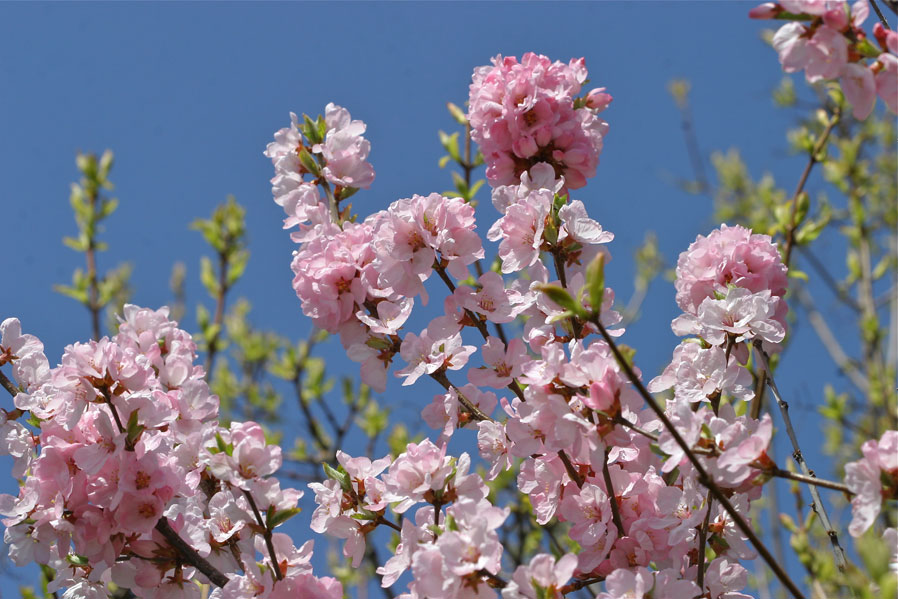
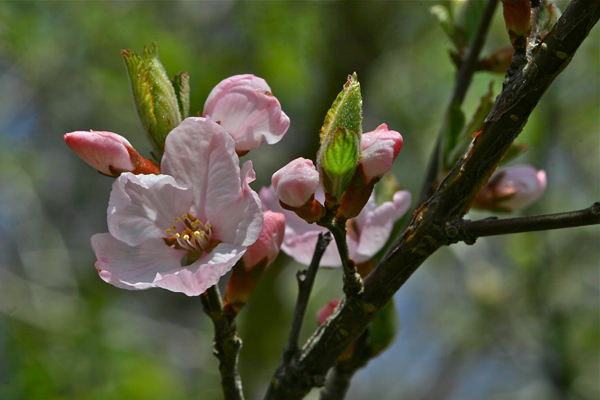
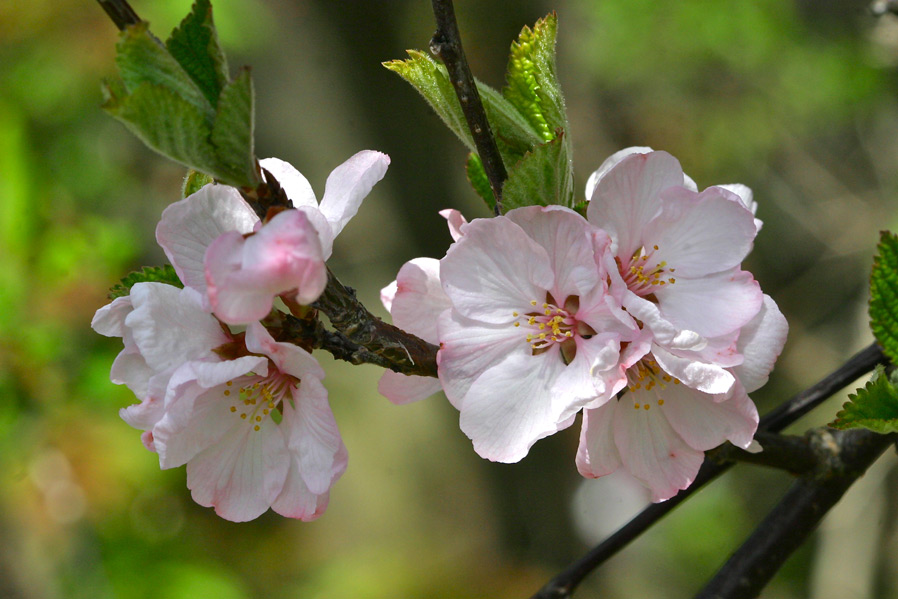

no comments